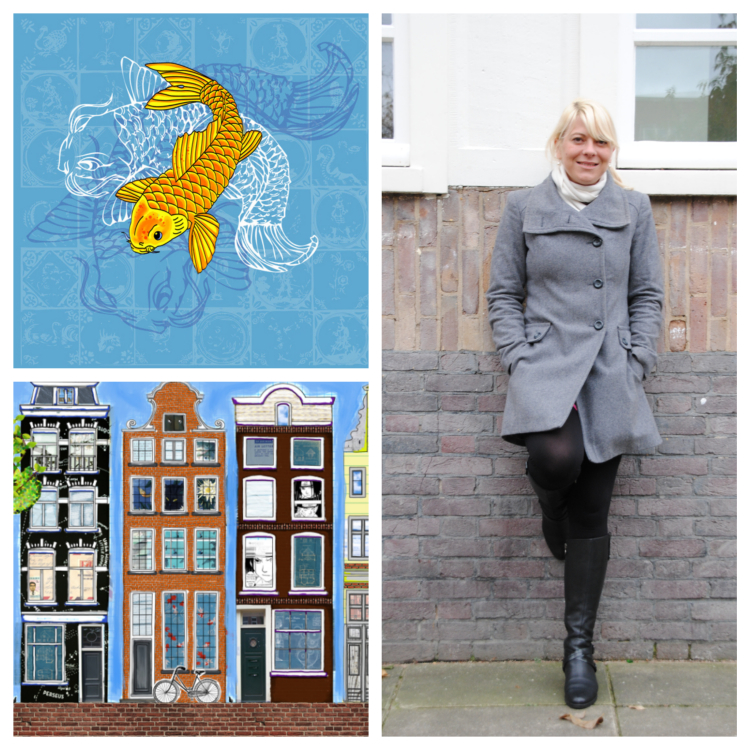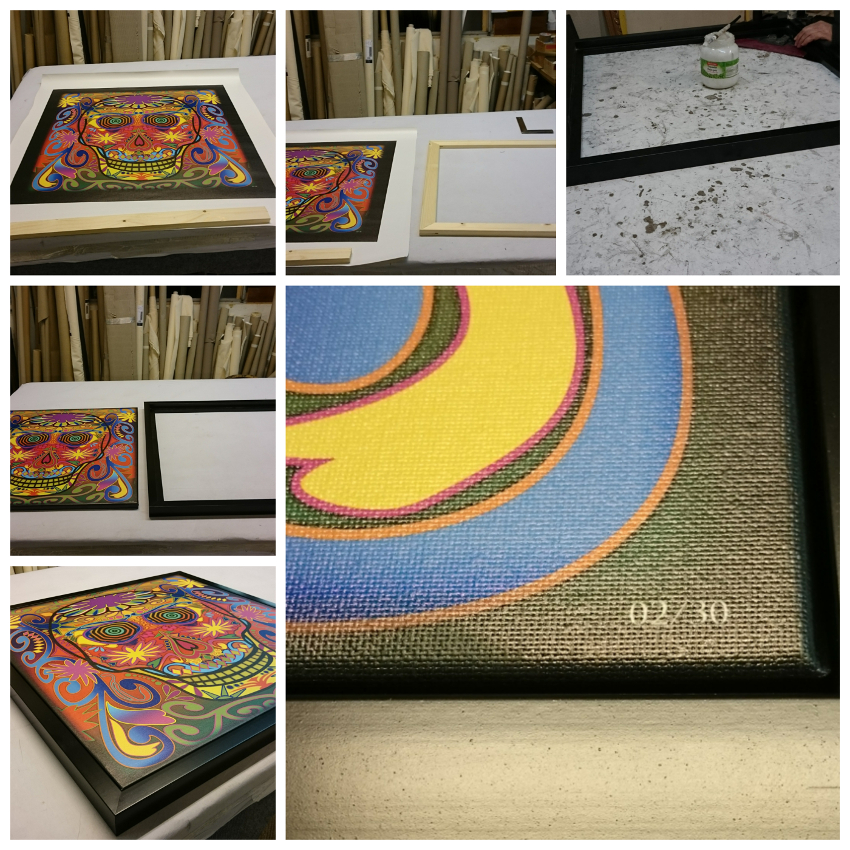Better !
After having photographed for five years, Zart and I decided it was time to move on to the next level. No more JPEG images that show tiny but disturbing little artefacts up close, but RAW photography processed into nice smooth PNG images.And the best printing quality to match, ofcourse.
Why didn’t you think of this sooner?, you may ask. Well, to be honest, it didn’t cross my mind when I started from zilch and developed my photography skills. Still developing those, so Zart clients can look forward to a better and better quality.
Dissatisfaction drove me to look for ways to improve on my earlier work. Granted, there are true gems among those (Zart offers those for sale or rent), but it turned out there were a few pitfalls: over-editing, repeating the same old tricks, to name a few. Also, once I discovered the imperfections of my JPEG images when looked at from a very small distance (or zooming in), my irritiation grew. What were those miniscule rectangle compounds of ugliness doing in my beautiful work?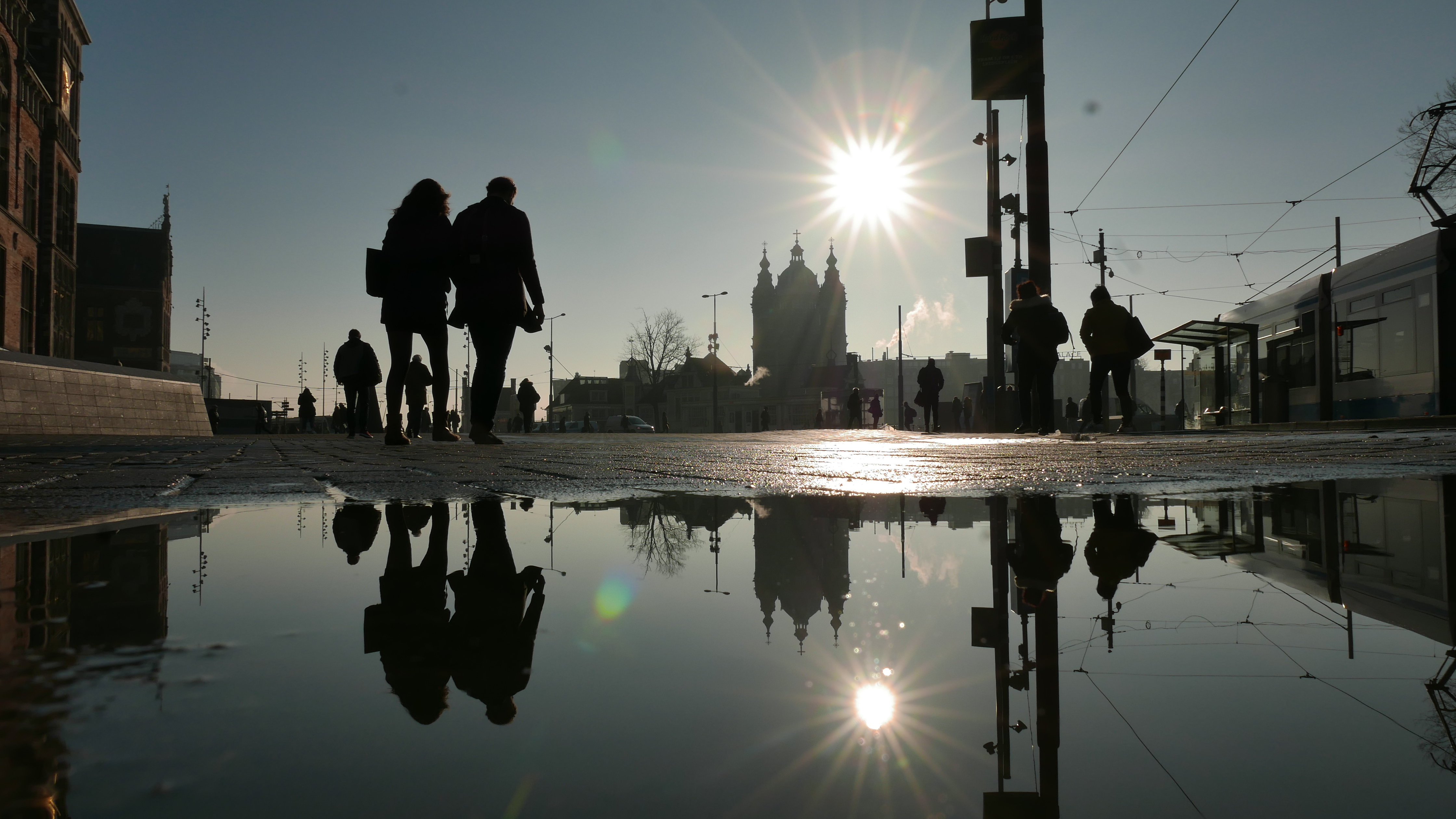
Avoiding those traps now is becoming a second nature of mine. To complicate things, my work as an editor for a national weekly magazine doesn’t leave me as much time to indulge in my photo endeavours as before. Plus, I don’t publish most of my pics because most of my pics are rubbish. Luck is half responsible for my successes.
The other half is perseverance, my growing experience and deep-rooted passion for photography. I believe, as does Zart, that my view of the world through a lens is unique, magical and nowhere to be found elsewhere. Which is not a great accomplishment, by the way. I am just a peculiar person.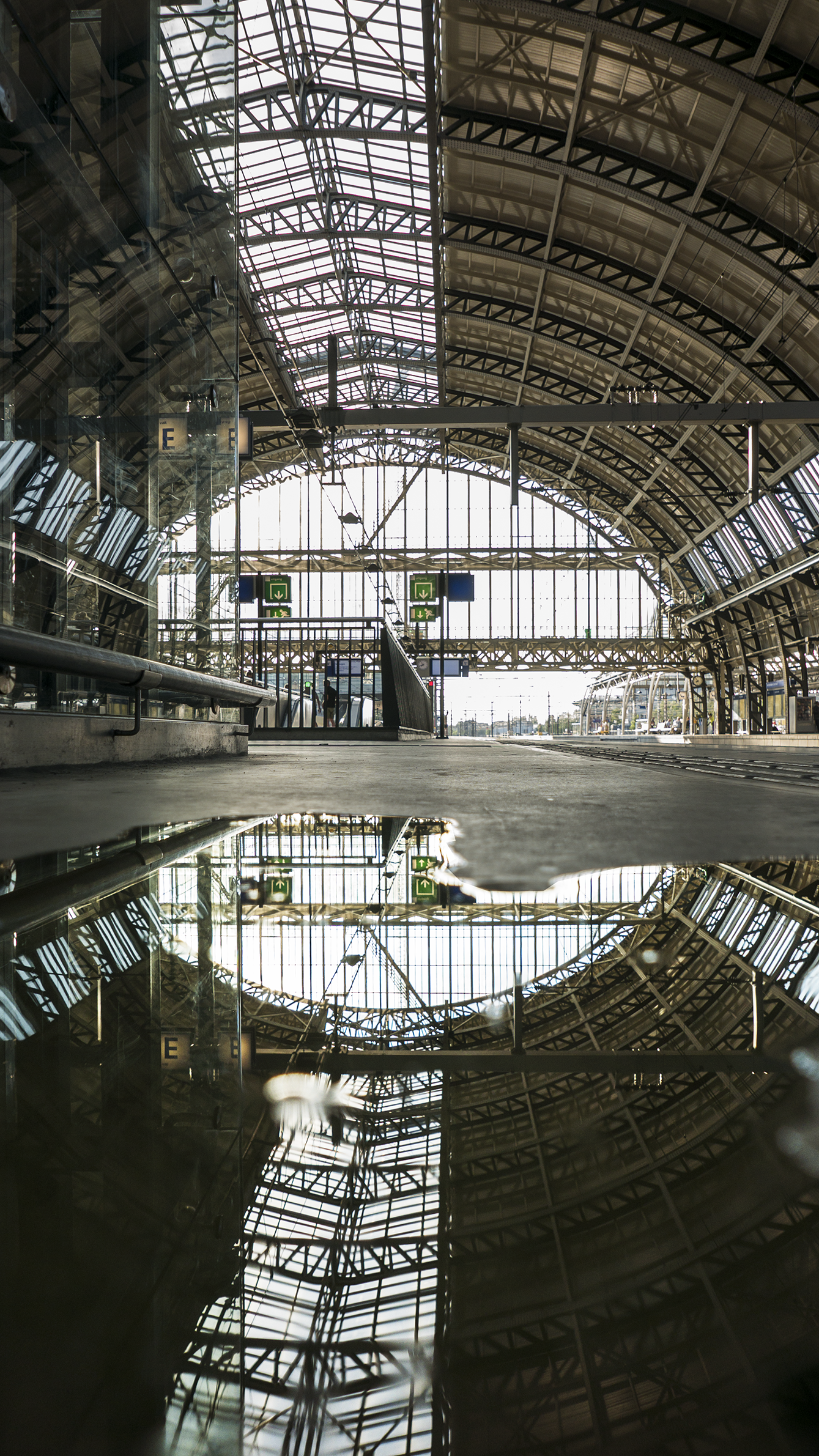
Looking forward to an improved relationship between us.

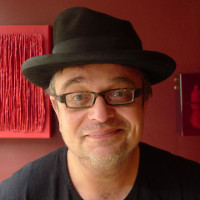


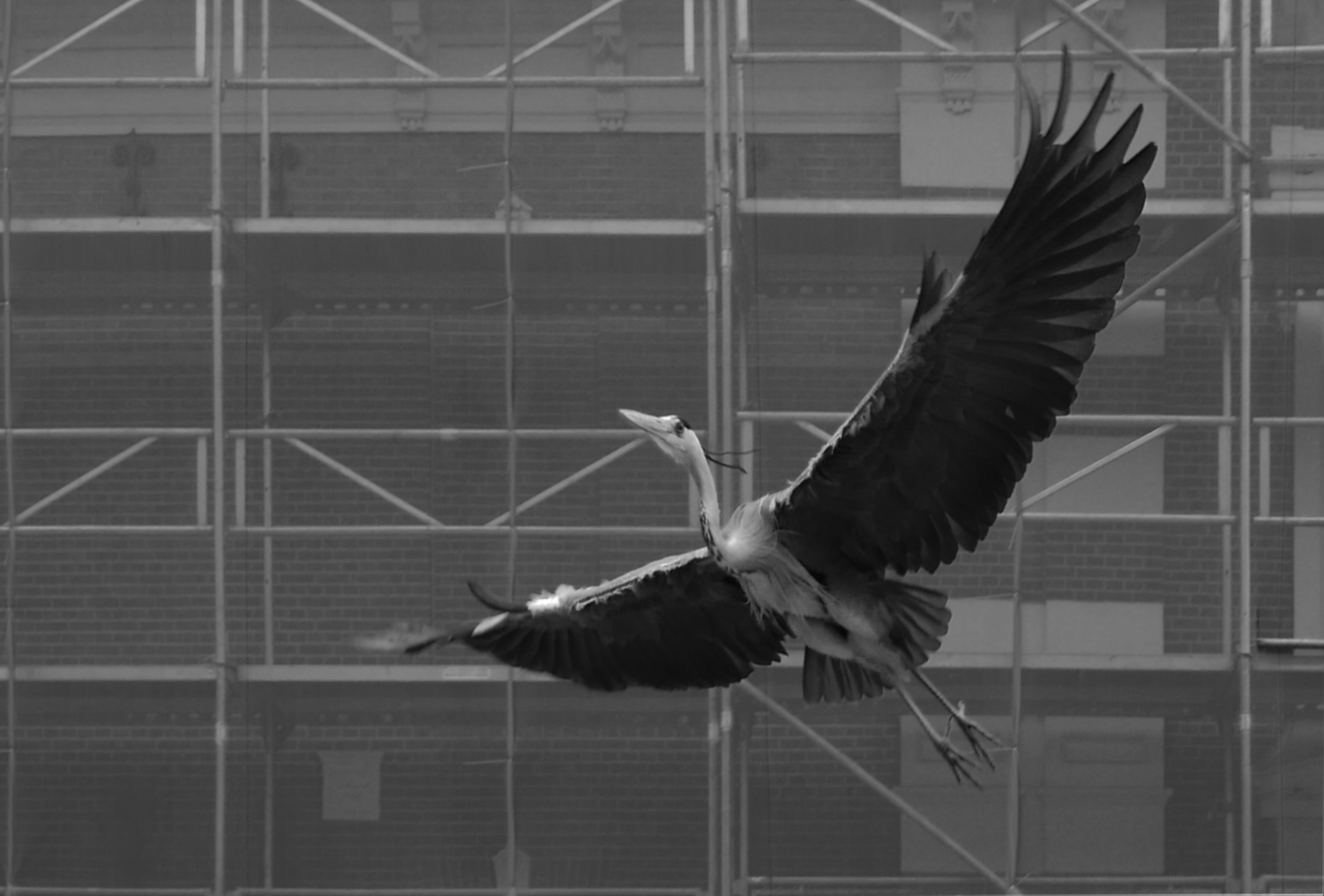



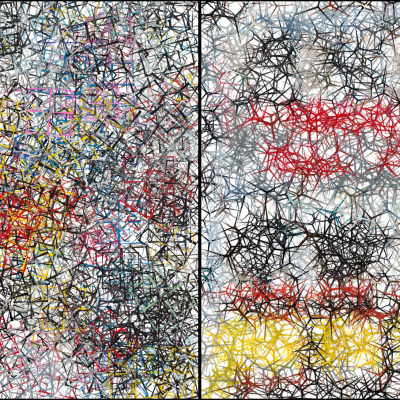
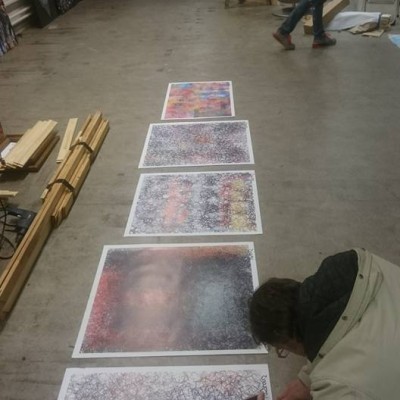


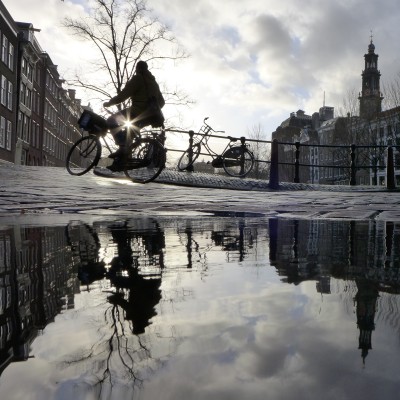

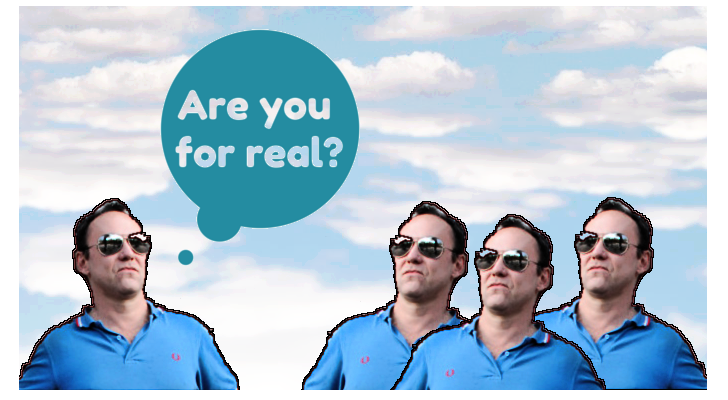


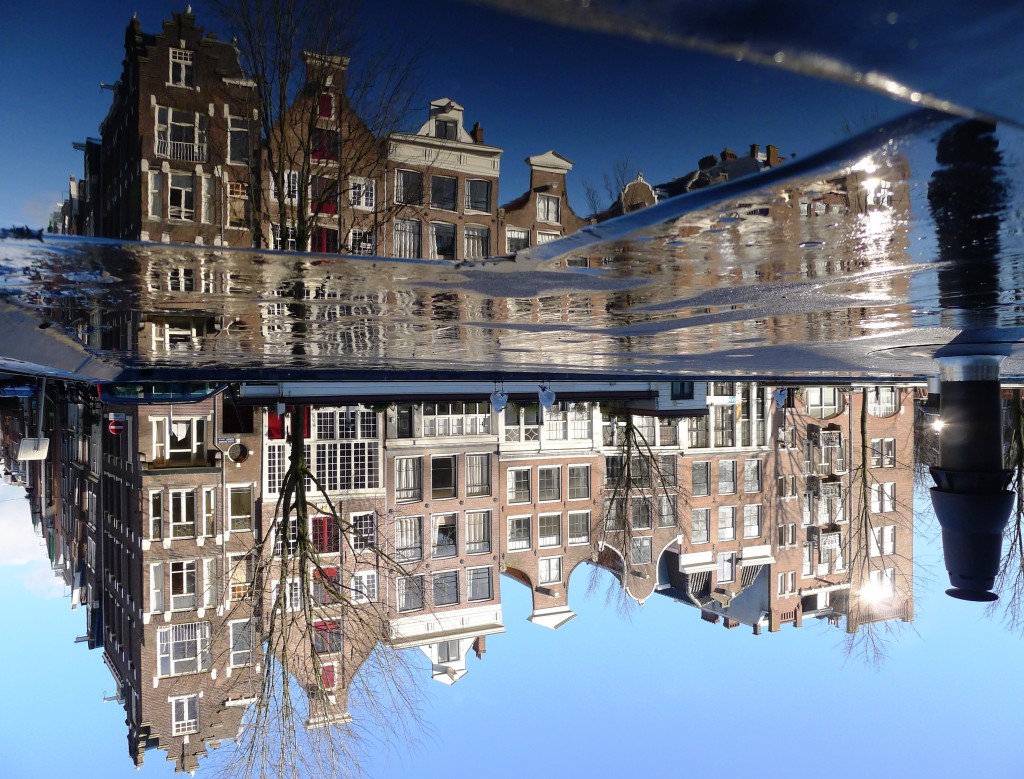
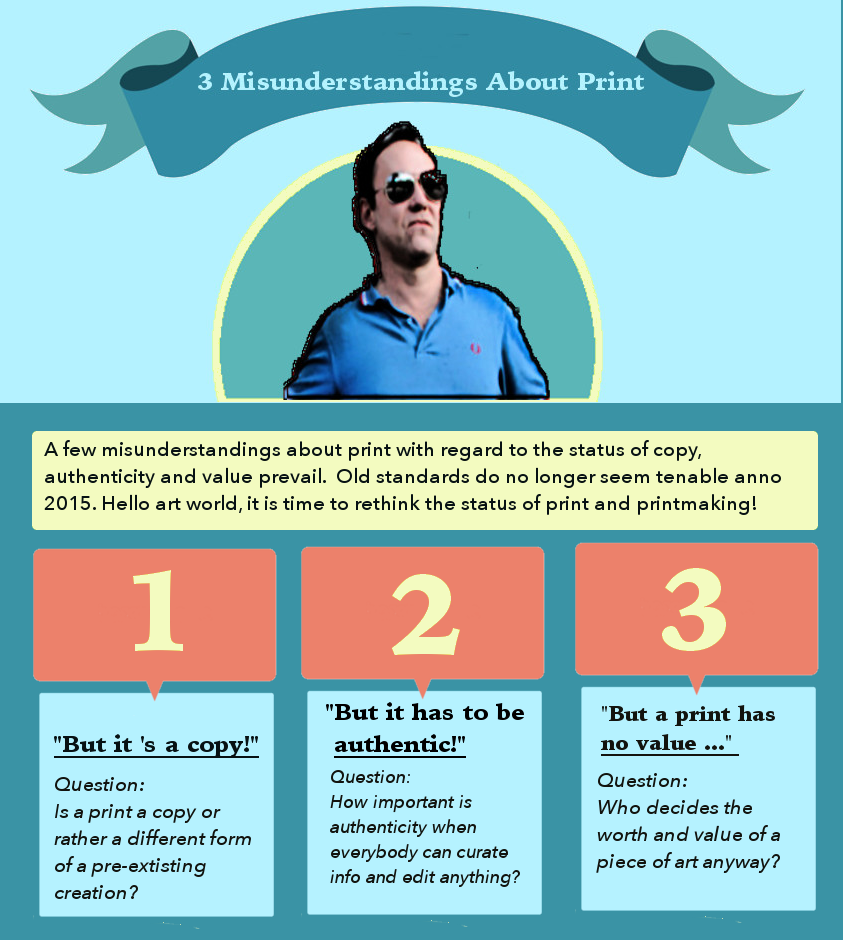

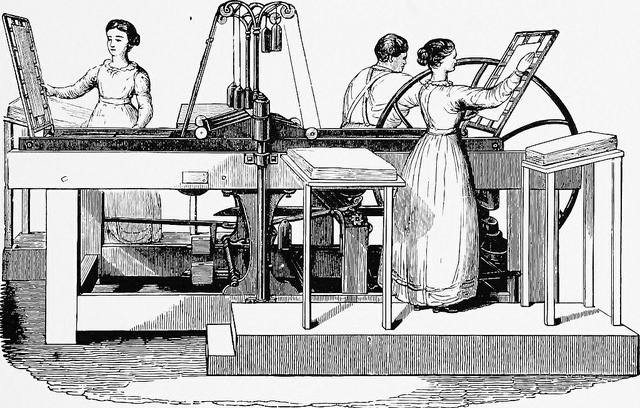

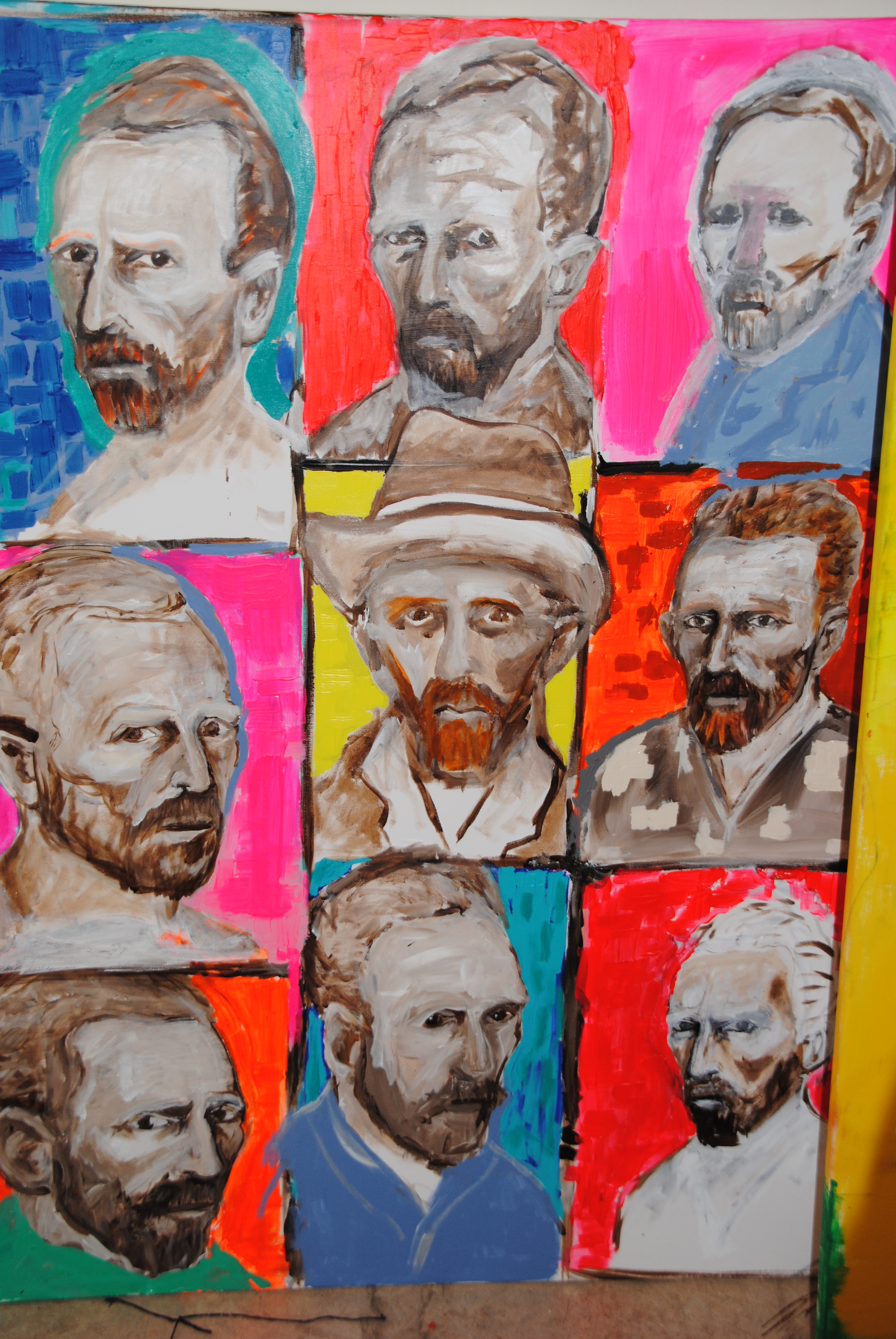





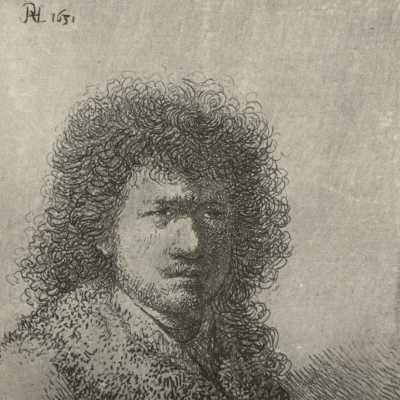





![Zuiderbad Original kleineri]](https://www.zart.nu/wp-content/uploads/Zuiderbad-Original-kleineri1.jpg)

